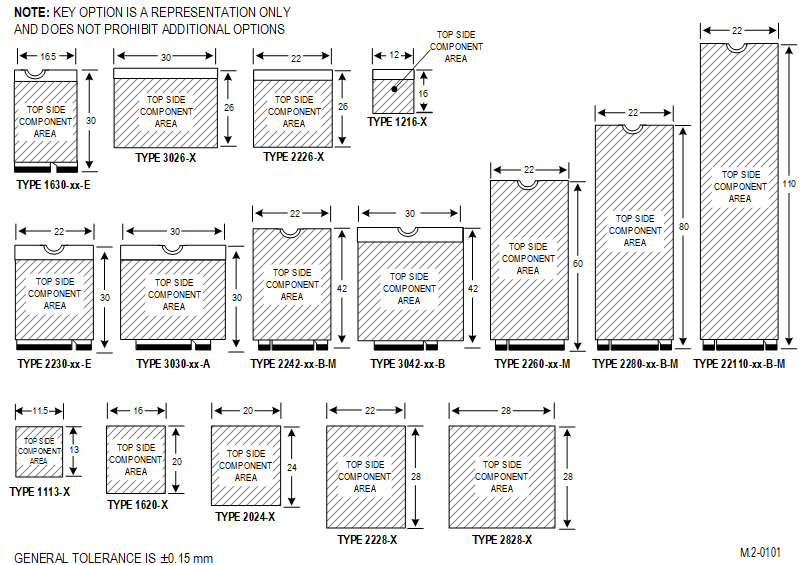I think this is pretty thorough, and pretty reasonable especially in regards to potential issues with providing the three size options.
What I would like to see is how we might use this standard as well to enable broader use of m.2 for expansion boards similar to the breakout modules we would over i2c (Stemma/Qwiic) and SPI.
Perhaps what can we do to ensure breakout m.2 modules provide the same connectivity across brands and products.
I like the idea of having a core m.2 with my favorite MCU and a bunch of additional m.2 that I can plug in a Wifi module, environmental sensors, etc..






I guess might as well post some random ideas/observations, to start the discussion, they might be a bit chaotic ;)
I know this might look like a list of demands, but these are just my thoughts so start a discussion, and I'm open to changing my opinion on many of the items above, so let's get talking!